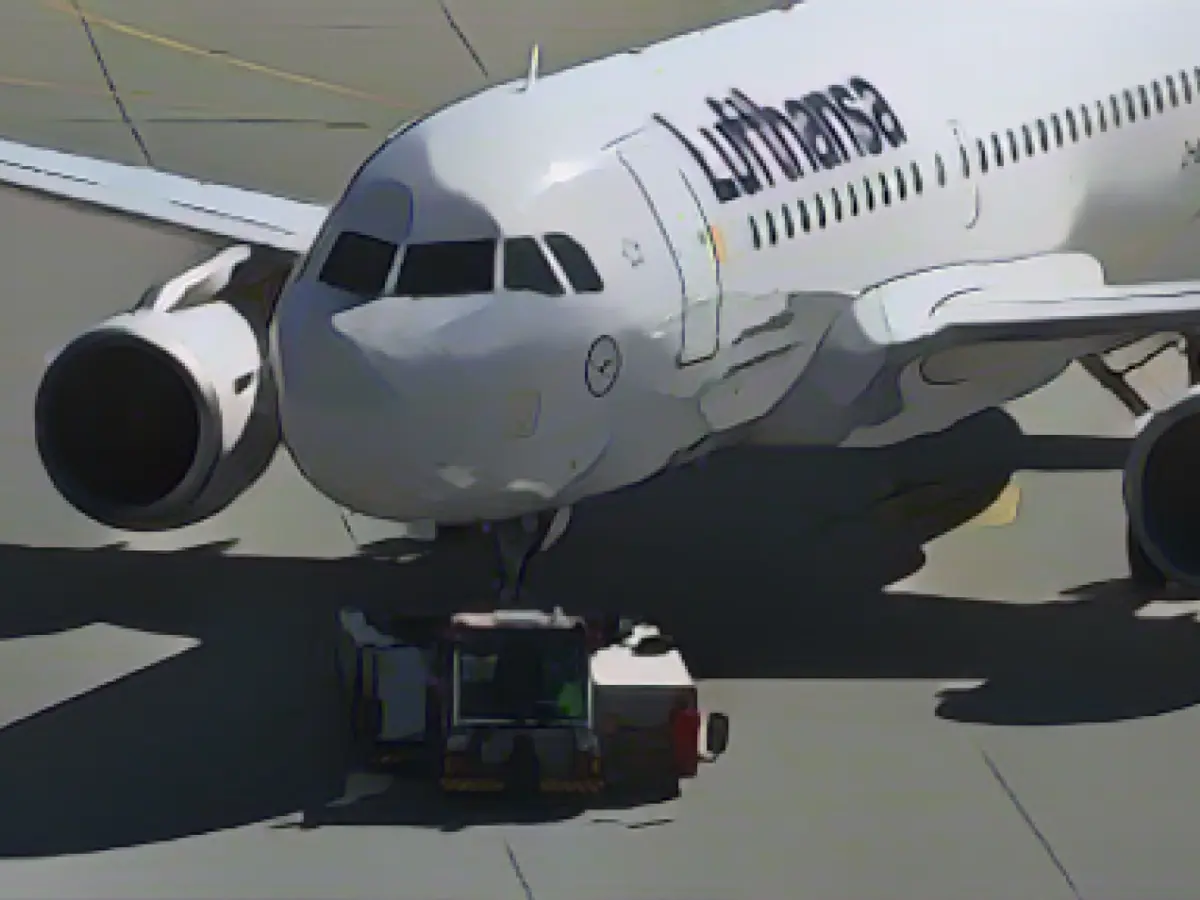Arms Industry Revenues Dip Despite Soaring Demand for Weapons
In contrast to the escalating demand for weapons and military equipment due to global tensions and the ongoing war in Ukraine, revenues of the 100 largest arms manufacturers worldwide have plummeted by 3.5% in 2022, according to a report from Stockholm-based think tank, Sipri. The total revenue summed up to $597 billion US dollars, or approximately €543.4 billion.
A significant contributing factor to this decline includes production hurdles and orders backlog from before the Ukraine conflict. US and Russian defense companies accounted for a substantial portion of the revenue decrease, with American firms struggling with a 7.9% dip, while their Russian counterparts suffered a 12% setback. On the positive side, German companies, namely Rheinmetall, ThyssenKrupp, Hensoldt, and Diehl, reported an average 1.1% uptick. Trans-European companies such as Airbus displayed a notable 9.6% increase in reveues to $19.7 billion US dollars. Companies from Israel, Turkey, and South Korea also witnessed an upward trend in their revenues.
Expansion a Sluggish Process
Sipri analyst Lucie Béraud-Sudreau identified the Russian invasion of Ukraine as the catalyst for the skyrocketing demand for military machinery and weapons. However, many arms companies are grappling with their existing capacity constraints when adapting production to high-intensity warfare.
US and European companies bumped into several barriers that slowed down their production expansion processes: the war in Ukraine being a newcomer on top of pre-existing hurdles. These challenges included logistical bottlenecks, raw material scarcity, inventory depletion, inflationary pressures, and supply chain disruptions further deterred their progress. Nan Tian, a researcher from Sipri, pointed out the time lag between receiving new orders and realizing the corresponding revenue increase within the companies' financial reports, estimated to be around 2 to 3 years.
Late-stage Demand and High Production Cycle
Despite the war in Ukraine having virtually no discernible impact on the revenue of the largest US defense companies in 2022, due to preexisting orders, they still reported a decline in revenue. General Dynamics was a notable exception, as their exclusive focus on 155-millimeter shell production resulted in their artillery being utilized en masse in Ukraine. Nevertheless, the company reported a 5.6% decrease in revenue for 2022, citing a gradual increase in demand as the reason. Lockheed Martin, a leading missile specialist, exhibited a significant 8.9% drop in revenue and identified the lasting production cycles as a factor inhibiting short-term revenue growth as a result of the conflict.
German Defense Firms Thrive
Upon analyzing the data, it was discovered that German defense companies displayed a trend of revenue growth, notching up an 11% collective increase to $9.1 billion US dollars. ThyssenKrupp was the only exception, seeing their revenues decline. Airbus's armament division reported an impressive 1.7 billion dollar increase, reaping between 12 billion US dollars, pushing for a growth rate of 17%.
Middle Eastern, East Asian Companies Outperform
Proactive adaptation, strengthened local resources, and government investments enabled Middle Eastern and East Asian defense companies to cinch business opportunities created by the surging demand for military equipment. The Israeli defense company Rafael, Turkish Baykar, and South Korean Hyundai Rotem reported revenue boosts, largely due to European order influxes. Baykar, in particular, marked an impressive 94% revenue surge.
Lack of Data from Russia
As Sipri analysts gathered data on revenue growth and decline, they cited limited information from Russia as a source of concern. Only two Russian companies managed to appear in the list, contending with roughly a 12% decline in revenues to $20.8 billion US dollars. The most significant factors driving this change included hyperinflation, lower Russian arms exports, and companies continuing to handle ammunitions stockpiles from the Soviet era.
Enrichment Data:
- Companies face production challenges due to labor shortages, rising material costs, supply chain disruptions, production lead times, and difficulties adapting to high-intensity warfare.[Source: SIPRI Enrichment Data]








